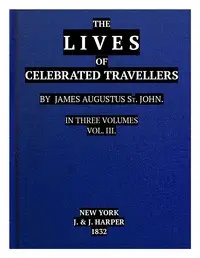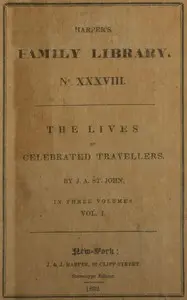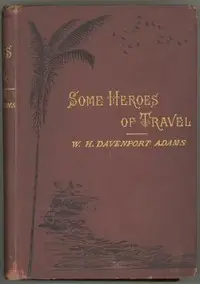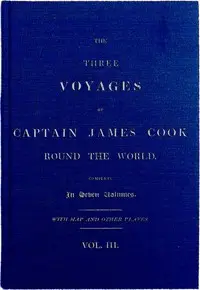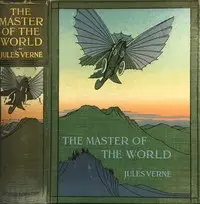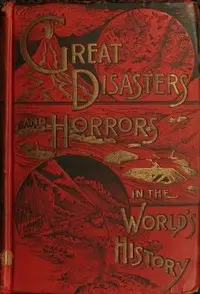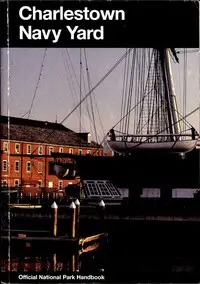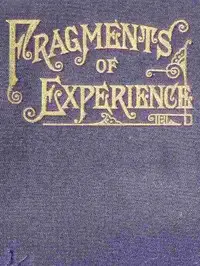"Celebrated Travels and Travellers, Part 3" by Jules Verne is a historical narrative detailing the grand expeditions and geographical breakthroughs achieved by renowned explorers during the 1800s. Readers are transported back to a time when political upheaval briefly slowed the pace of discovery, before intrepid individuals ventured forth, charting unknown territories and expanding the world's understanding of distant lands. The book highlights the early, pivotal contributions of pathfinders like Seetzen and Burckhardt, whose daring journeys through Syria, Palestine, and the Arabian Peninsula laid the groundwork for future exploration. The narrative sets the stage for more in-depth looks into subsequent expeditions, emphasizing the hardships, risks, and invaluable knowledge gained by those who dared to venture into the unknown.

Celebrated Travels and Travellers, Part 3. The Great Explorers of the Nineteenth Century
By Jules Verne
Discover the thrilling stories of 19th-century adventurers who braved the unknown, unlocking the secrets of uncharted lands amid a world in dramatic transformation.
Summary
About the AuthorJules Gabriel Verne was a French novelist, poet, and playwright. His collaboration with the publisher Pierre-Jules Hetzel led to the creation of the Voyages extraordinaires, a series of bestselling adventure novels including Journey to the Center of the Earth (1864), Twenty Thousand Leagues Under the Seas (1870), and Around the World in Eighty Days (1872). His novels, always well-researched according to the scientific knowledge then available, are generally set in the second half of the 19th century, taking into account the technological advances of the time.
Jules Gabriel Verne was a French novelist, poet, and playwright. His collaboration with the publisher Pierre-Jules Hetzel led to the creation of the Voyages extraordinaires, a series of bestselling adventure novels including Journey to the Center of the Earth (1864), Twenty Thousand Leagues Under the Seas (1870), and Around the World in Eighty Days (1872). His novels, always well-researched according to the scientific knowledge then available, are generally set in the second half of the 19th century, taking into account the technological advances of the time.

